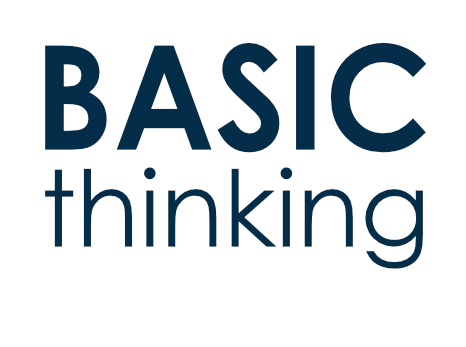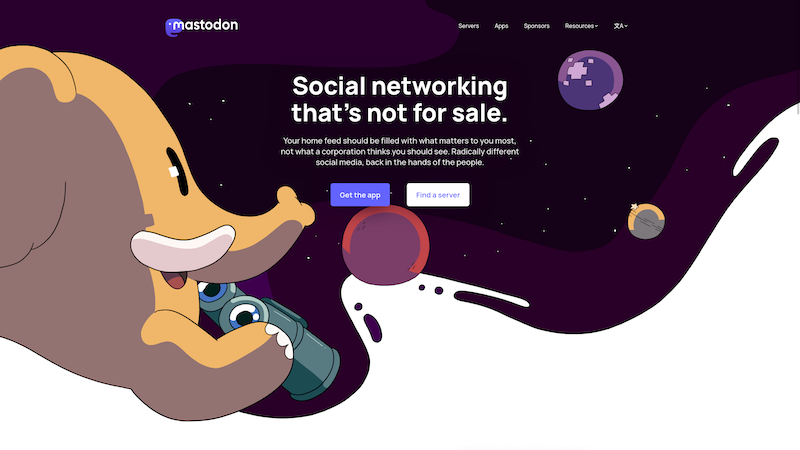Die Netzzeitung zu einer Untersuchung von AskJeeves:
Der Vize-Chef der Suchmaschine AskJeeves, Jim Lanzone, hat sich ungewöhnlich skeptisch zur Bedeutung von Blogs geäußert.
Searchenginewatch.com fasst zusammen:
According to the numbers Lanzone shared today:
+ Currently, 1.3 million feeds in the Bloglines database have at least one subscriber, what Jim calls, „blogs that matter.“ Why? Someone has made the effort to subscribe to them.
+ 36,000 feeds „really matter“ since they have 20+ subscribers. Lanzone calls these feeds the ones that „really matter.“ Of course, Jim’s comment was tongue-in-cheek.
+ 14,363 feeds have at least 50+ subscribers. These feeds „really really matter.“ Again, another tongue-in-cheek comment.
+ 437 feeds have at least 1000+ (aka „totally sweet“ feeds) Lanzone said jokingly.
+ 60 feeds have at least 5000+
+ 1 feed has 50,000+ subscribers (which one? Slashdot)
Jim auf seinem AskJeeves Blog dazu selbst:
Lastly, Eric and I discussed at length the „butterfly effect“? that I believe gives any blog the ability to „matter“? to other people, which makes the blogosphere different from other media. This did not make it into his article. If one blogger says something interesting, no matter how small his audience, that blog can reach a larger audience through other bloggers linking to it and discussing it. This is partly what makes the blogosphere special and different from mere GeoCities homepages. (Of course, the more interesting the post, the more likely that site will be to find subscribers if they publish a feed.)
Und in einem früheren Artikel zu Deep Thoughts at Web 2.0:
The answer was roughly 1.1 million feeds. The downside of that number was that „only“? 1.1 million, out of perhaps 18 million blogs and other sites, had at least one subscriber. The upside, however, was that compared to ratings services like Nielsen, which rank only about 2500 sites per month, 1.1 million sites that „matter“? to at least one person seems like a huge number.
Schon interessant, nur anhand der abonnierten Feeds auf die Bedeutung eines Blogs zu schließen, zumal sich die Untersuchung lediglich auf Bloglines.com bezieht. Zahlreiche andere RSS Online- und Offlinelösungen wurden nicht gemessen. Zudem: Viele Blogs weisen gerade mal einen RSS-Leseranteil von nicht mal 10% auf und einige wenige haben bis zu 50%. Zumal: Vielen Webloggern geht es völlig am Boppes vorbei, ob sie nun gut verlinkt und abonniert sind. Sie schreiben für einen kleinen Zirkel.
via SWR













